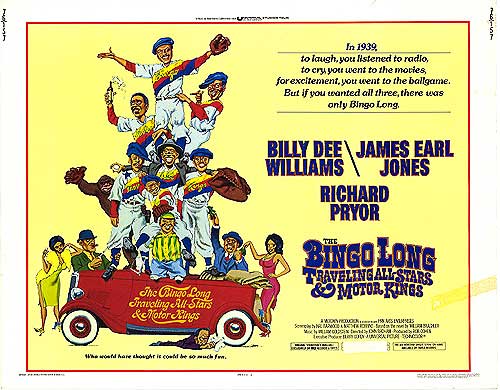Excavations
The image on the right is an example of an Alexander Korzer-Robinson piece called a book sculpture; a kind of paper art that focuses on what he calls the “inner landscape".  Big Servant Boy
Big Servant Boy
It is a kind of excavation, where he removes pages and pieces of the book until the only parts remaining are what he chooses. Indeed, what is left is something new—a book whose inner images are selectively revealed.
Visually quite stunning, a physical manifestation of what we all 'know' but often have a hard time understanding and appreciating. No matter what is being packaged and delivered in a complete form - a book, a story, a system, or even an organization's collection of messages and stories.
We know intuitively that no matter how much time we spend creating the perfect collection of information, technology, or narrative and painstakingly crafting the most complete and coherent story possible, that it is likely that it will be dissected, disassembled, and more often than not, reassembled and re-purposed in ways and for reasons that could not have been envisioned by the original creators.
The image on the right was created from a large encyclopedia volume. Think of a typical, complex technology solution or a massive collection of organizational information like the encyclopedia volume. Thousands upon thousands of pages, each one containing some relevant and to someone, important information, but in the whole too broad, too unwieldy, and too complex for any one individual's (or small group) needs.
Of course the encyclopedia has an index, it is an easy matter to simply look up the term or subject of interest, and find the precise information that is needed. Probably the same capability exists (or soon will), in the complex enterprise system or the organization's knowledge repository. The process is straightforward, realize a need for some bit of data or information, seek it out, incorporate it into the current process, project, transaction, deliverable, etc. and move on. An easy process but often an inefficient one. So we resort to the classic tricks to help us more easily locate the same information the next time - dog ear the pages, sticky notes, paper bookmarks. And there are certainly digital equivalents as well, online bookmarks, shared favorites, user level personalizations to corporate systems. These shortcuts are helpful, they help us get more efficient, but they are not transformative.
A transformational capability would allow us to not only 'mark' the important parts of the system, or critical bits of information in the knowledge repository, it would allow us to reshape, re-constitute, re-assemble, and even re-imagine the information in a way that does more than simply organize but in a way that allows the opportunity to re-invent it into something more meaningful, relevant, and perhaps even artistic.
I think the next set of breakthroughs in enterprise technology won't be delivered by solutions that simply continue to tack on feature after feature, i.e. by adding more and more pages to the encyclopedia. The real winners will be the ones that allow users to much more easily cut away the parts they don't need, discover the parts they do, and reveal for themselves and others something even more interesting and powerful inside.

 Steve
Steve




